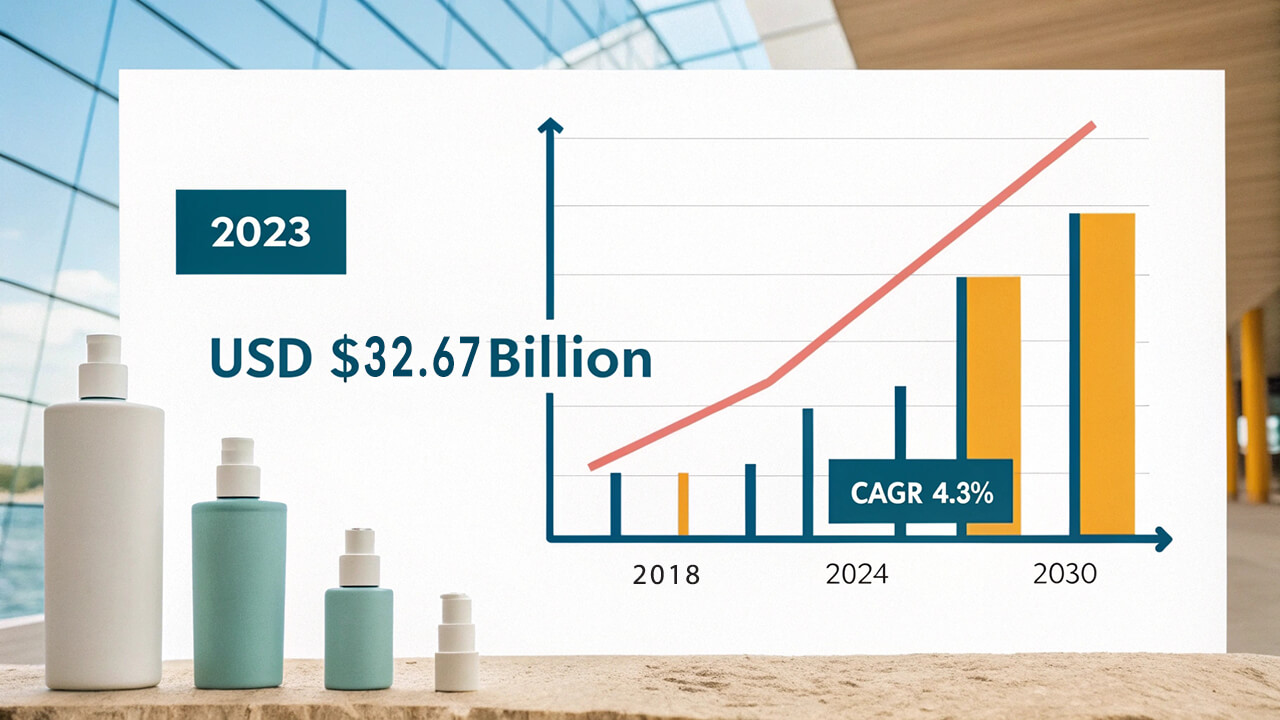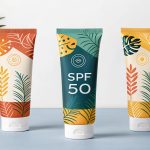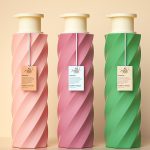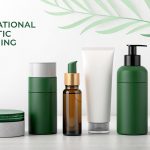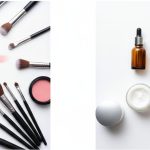Outline
Introduction
The global cosmetic packaging market has been witnessing consistent growth, driven by the increasing demand for beauty products. As the cosmetics industry expands, packaging plays a crucial role in shaping product appeal, consumer perception, and brand identity. This article explores the current size of the market, key trends, competitive landscape, and market segmentation.
Cosmetic Packaging Market Size
The global cosmetic packaging market was valued at USD 32.67 billion in 2023 and is expected to expand at a CAGR of 4.4% from 2024 to 2030. This growth is largely fueled by the rising demand for cosmetics worldwide, driven by an expanding youth population and evolving grooming habits among both men and women.
The market size is projected to reach USD 79.99 billion by 2032, indicating a steady demand for packaging solutions in the cosmetics sector. As new trends emerge in the packaging space, brands are increasingly turning to innovative and sustainable packaging solutions to meet consumer expectations.
Key Trends in the Cosmetic Packaging Market
1. Rise of Sustainable Packaging:
Sustainability has become a key focus in the cosmetic industry. Consumers are more conscious of the environmental impact of packaging materials, leading to a shift towards eco-friendly alternatives such as biodegradable, recyclable, and refillable packaging solutions. This trend is expected to grow rapidly as brands prioritize green packaging in response to consumer demand for sustainable products.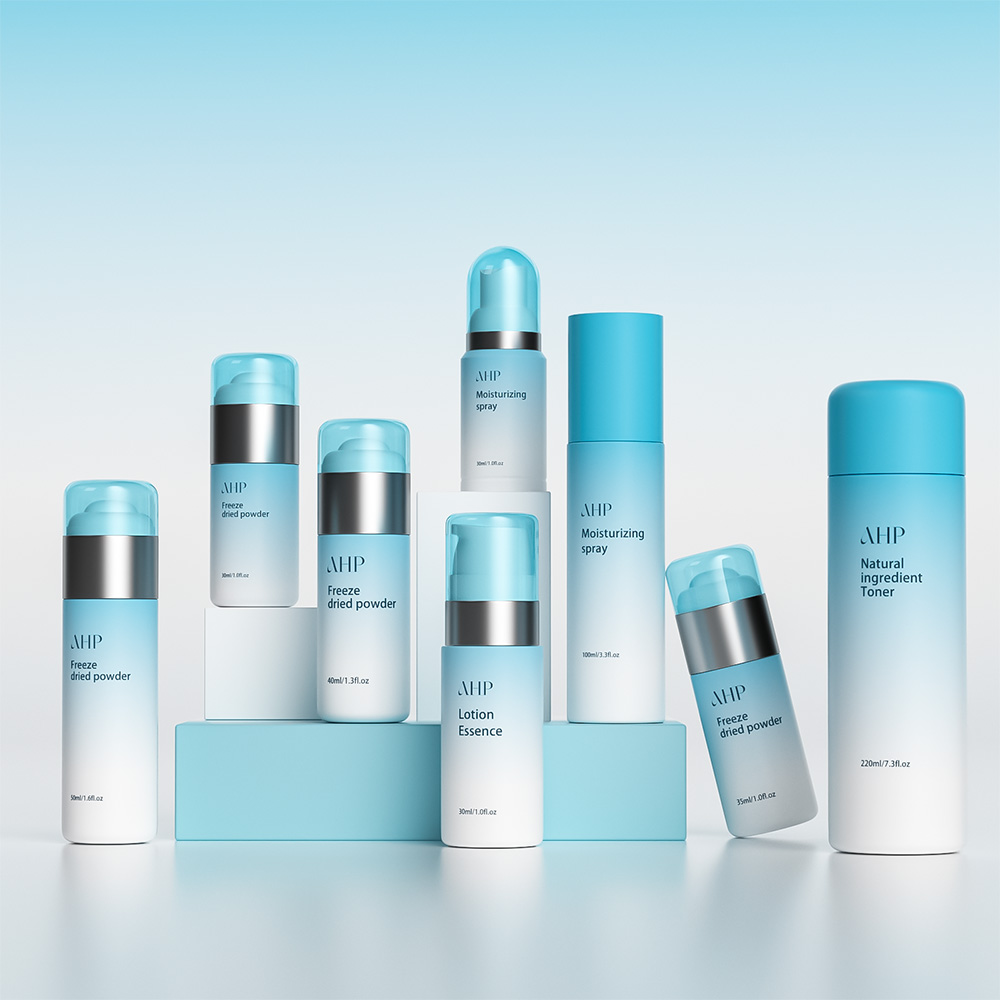
2. Smart Packaging Innovations:
The demand for intelligent packaging has risen, with technology such as QR codes, RFID tags, and augmented reality enhancing the consumer experience. Smart packaging not only offers functionality but also contributes to brand storytelling and consumer engagement, making it a growing trend among cosmetic brands.
3. Customization in Packaging:
As consumers look for personalized experiences, brands are increasingly offering customized packaging. Whether it’s limited-edition collections, tailored designs, or personalized product packaging, customization is a key differentiator in an increasingly competitive market. This trend appeals to both luxury brands and smaller cosmetic companies, allowing them to offer unique products that resonate with their target audience.
Competitive Landscape
The cosmetic packaging market is highly competitive, with several established players dominating the global scene. Some of the leading companies in this space include Amcor, Albea, Berry Global, and Quadpack. These companies leverage their extensive production capabilities and global reach to maintain their market positions.
- Amcor: Known for its sustainable packaging solutions, Amcor has positioned itself as a leader in eco-friendly packaging.
- Albea: Specializing in high-quality cosmetic packaging, Albea offers a wide range of innovative and customizable packaging options.
- Berry Global: A major player in the plastic packaging sector, Berry Global serves the cosmetic industry with a focus on cost-effective, yet high-quality packaging solutions.
- Quadpack: Renowned for its luxury packaging designs, Quadpack is a key player in the high-end cosmetics market, providing aesthetically pleasing and functional packaging solutions.
These companies are constantly innovating, exploring new materials, and improving manufacturing processes to stay ahead of the competition. Additionally, smaller, niche players are also entering the market, providing innovative solutions and driving growth in specific packaging sectors.
Market Segmentation
The cosmetic packaging market can be segmented based on packaging type, material, and application. Here’s a breakdown of these segments:
1. By Product Type Analysis
- Bottles: Bottles provide superior protection for cosmetics, preventing contamination and degradation. They are typically made of durable materials such as glass and high-quality plastic, offering hygienic and precise application through pumps, sprayers, or droppers.
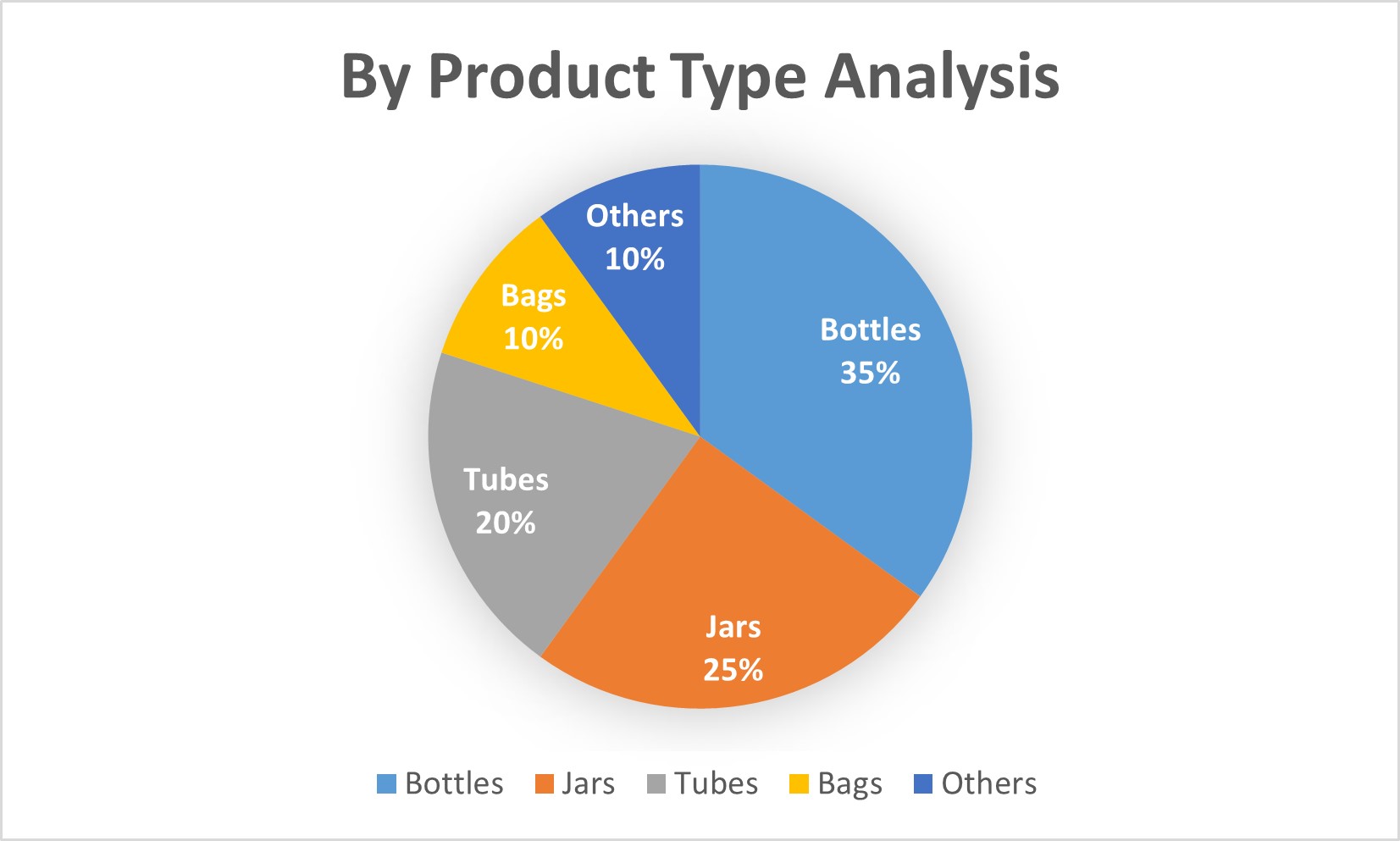
- Tubes: Tubes are becoming popular for their simplicity, cleanliness, and effective product dispensing. They offer protection against external contamination, maintaining product integrity while also being compact and easy to carry.
2. By Packaging Material:
Plastic Packaging:
Plastic remains the most widely used material in cosmetic packaging due to its affordability, versatility, and lightweight nature. It is commonly used in packaging for skincare products, cosmetics, and hair care products.
Glass Packaging:
Glass is favored for premium products, especially in the fragrance and skincare sectors. It provides a luxurious feel and is often used for high-end, luxury brand packaging.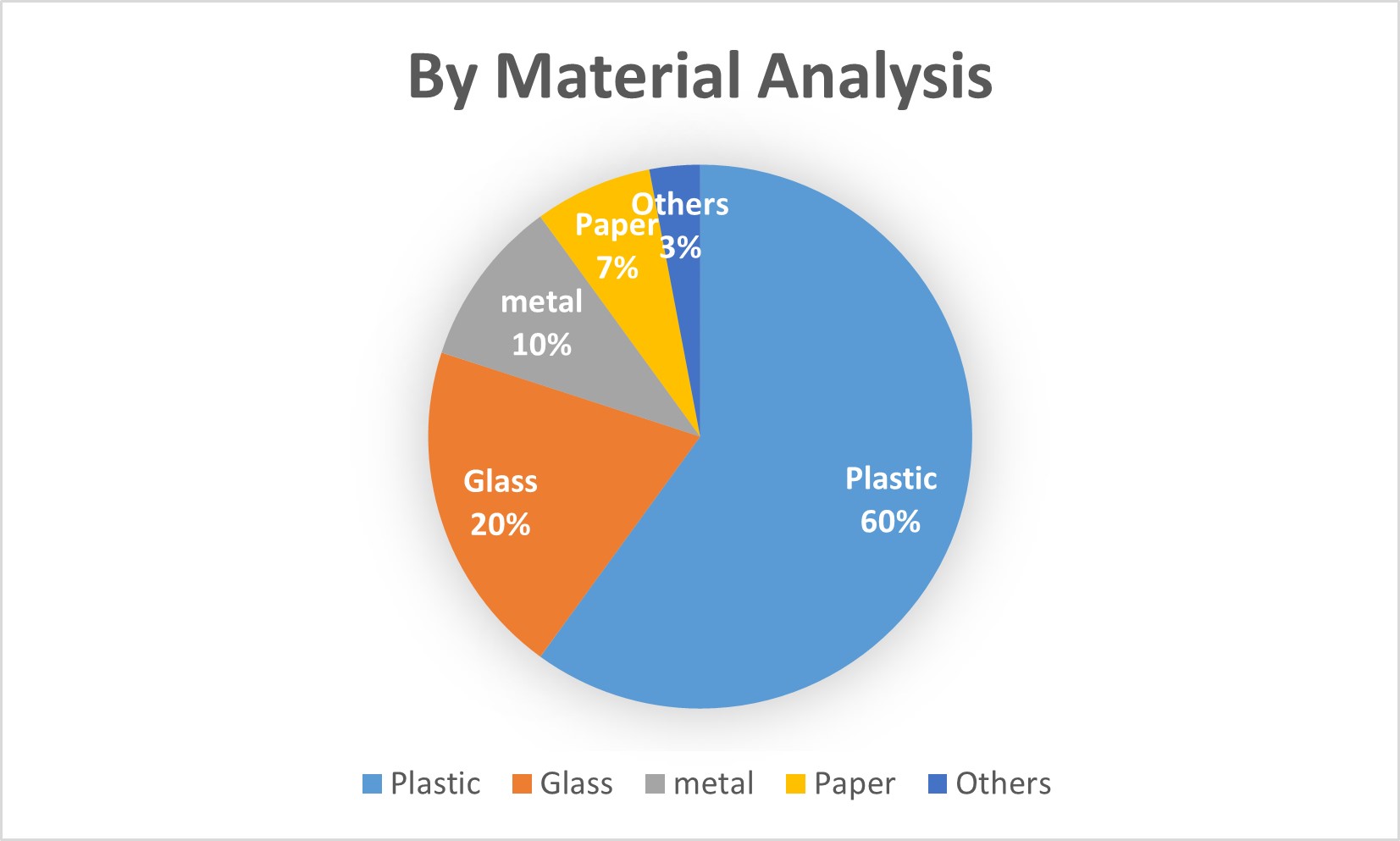
Metal Packaging:
Metal packaging is used for certain cosmetic products, particularly those aimed at the high-end market. Its premium look and feel make it popular in luxury cosmetics and fragrances.
3. By Application:
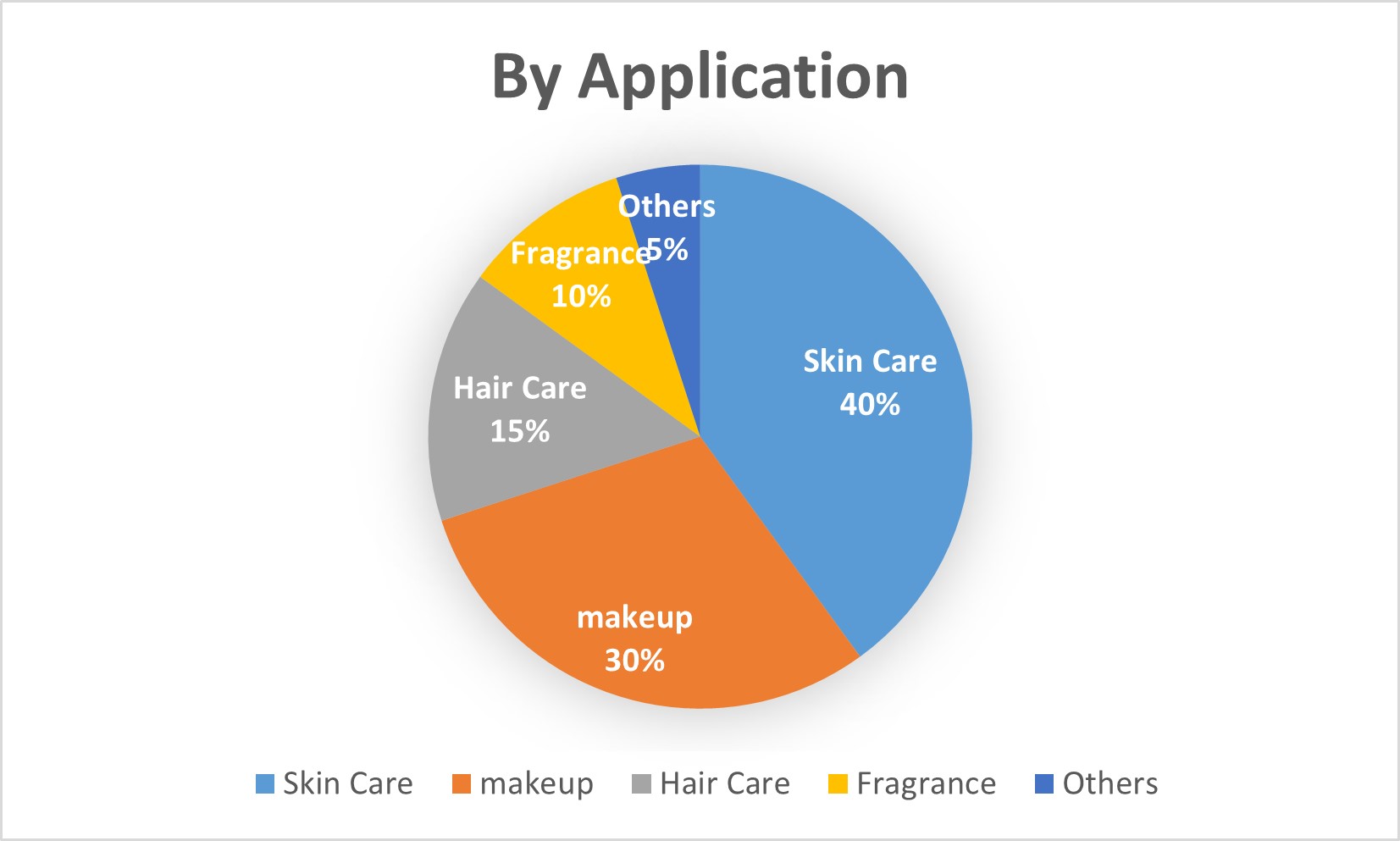
a. Skincare Packaging:
The skincare segment dominates the cosmetic packaging market due to the increasing consumer demand for skincare products. Brands are focusing on creating functional and aesthetically appealing packaging for skincare solutions, with an emphasis on sustainability.
b. Makeup Packaging:
The makeup segment is growing rapidly, driven by trends in personalization and innovation in packaging designs. Lightweight, compact packaging that allows for on-the-go use is particularly popular in this sector.
c. Fragrance Packaging:
Packaging for perfumes and other fragrance products remains a key segment, with luxury packaging designs often being the primary focus. Glass and metal packaging are typically preferred for fragrance products due to their premium nature.Conclusion
The cosmetic packaging market is poised for significant growth, driven by trends such as sustainability, smart packaging, and customization. Brands in the cosmetics industry are increasingly recognizing the importance of packaging as a key element of product differentiation and consumer engagement. As the market expands, packaging suppliers must continue to innovate and offer solutions that align with evolving consumer preferences.
As the cosmetic industry continues to grow, packaging will remain a vital component of product success. To stay ahead of the curve, brands must adapt to market trends, incorporate sustainable practices, and focus on providing consumers with unique and personalized experiences.
